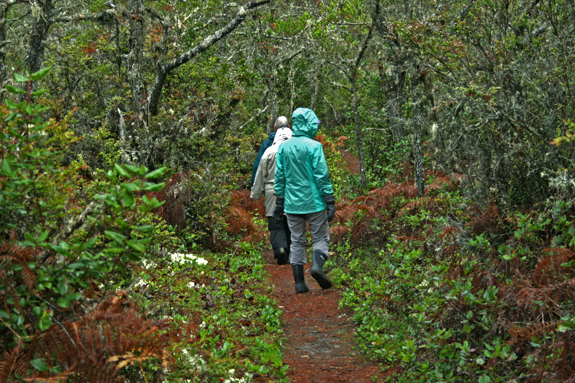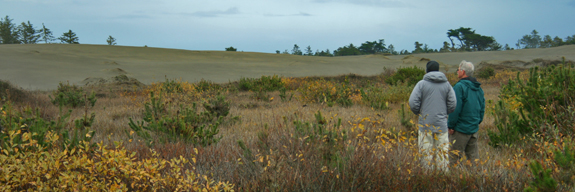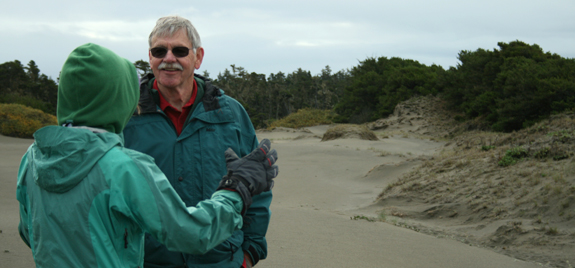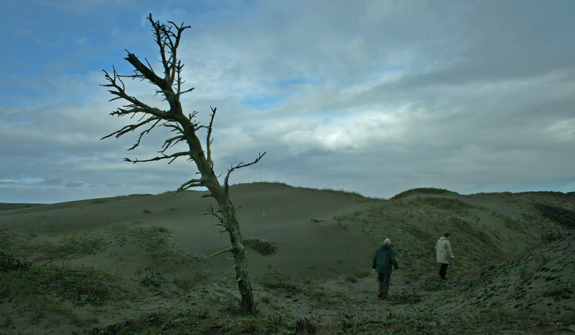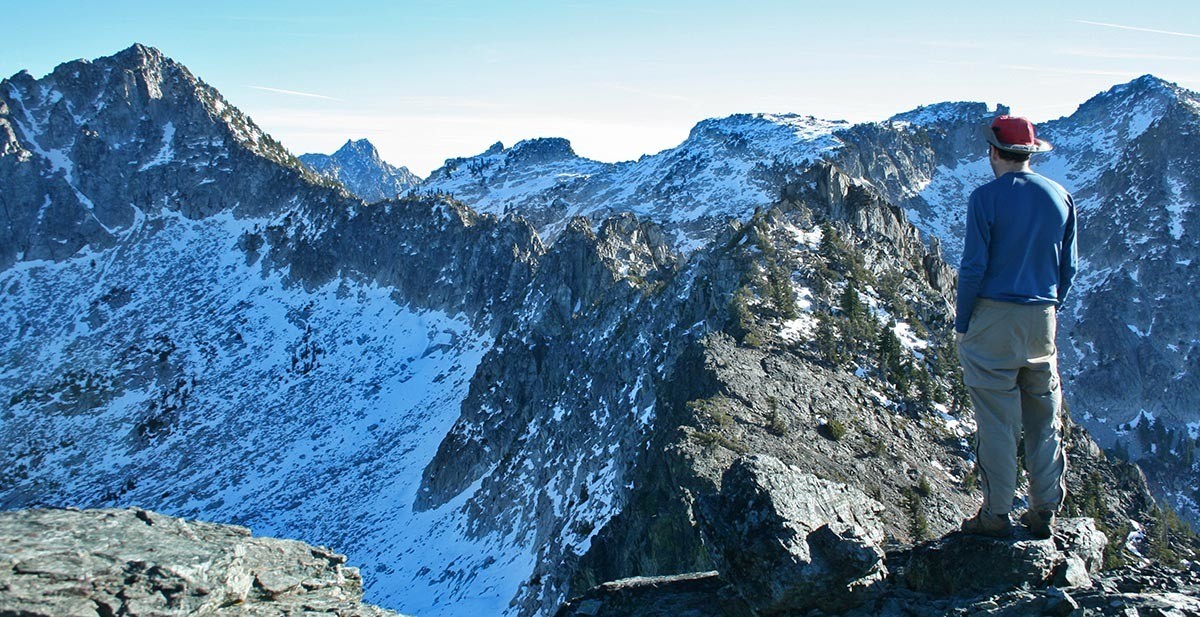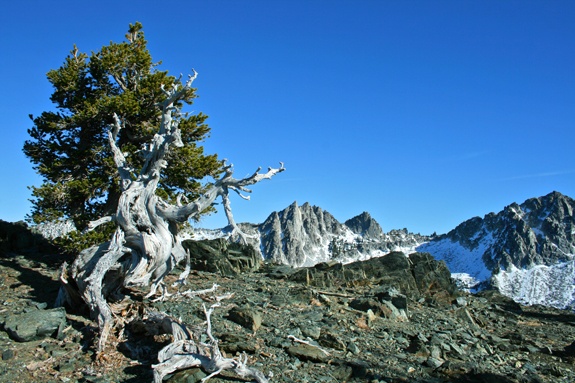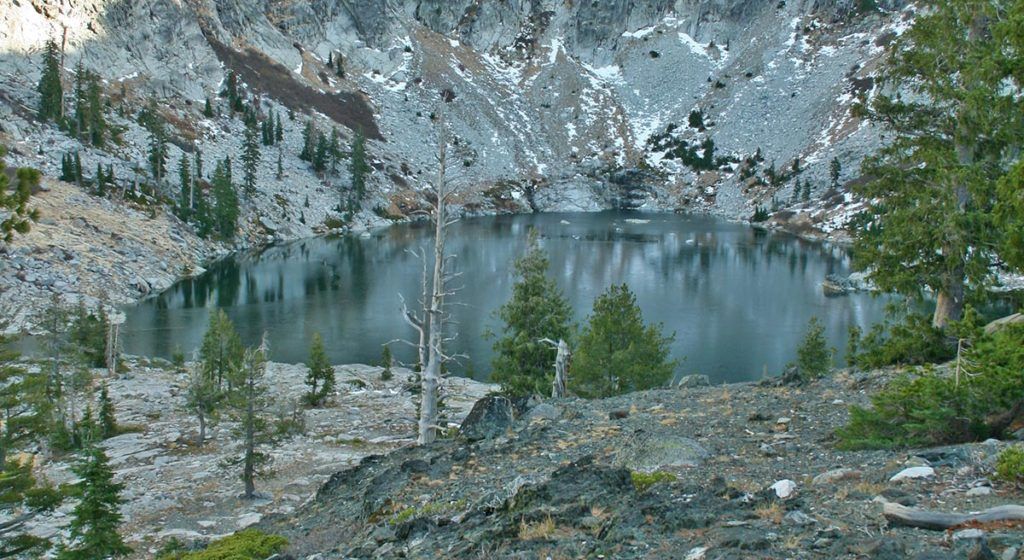Original Publication Date: 12/23/2008
Saline Valley might just be the most isolated spot in the state of California. In many aspects it is a smaller version of Death Valley, just to the east. It has a wide basin with a smaller sand dune complex, is surrounded by mountain ranges — including the Inyo, Nelson, Last Chance, and Saline — and has terrific canyons to explore full of lush springs and hanging gardens. One major difference to its neighboring valley is that it exposes several hot springs to the surface that have been known and used for centuries. Most of Saline Valley is in Death Valley National Park — the base of the massive Inyo Mountains to the west is the boundary between park land and National Forest.

Creosote (Larrea tridentata) is the most dominant shrub of the valley floor — and possibly the most successful shrub in the deserts of North America. The species covers 149 million square miles, ranges in elevation from -235 to 5,000 feet, can live at a density of over 350 plants per acre, and some argue that this species may live as long as 11,000 years (Pavlik 2008). One adaptation to survive in these harsh desert conditions is its small leaves, which grow at angles that minimize direct contact with the sun’s rays. Desert holly (Atriplex hymenelytra) is a common associate of the creosote, and also a common shrub in Saline Valley. This species survives in harsh desert conditions by having angled, light colored leaves.

Saline Valley has a long history. The Timbisha Shoshone inhabited the area until the late 1800’s when the mineral rich region enticed prospectors into an isolated existence — mining silver, gold, borax and, even salt. Now, the main attractions are hot springs and isolation. There are a series of 3 springs spread out over several miles in the southeast corner of the valley. They are very popular with desert rats — colorful stories are the norm while soaking in the tub. The most infamous visitor to the springs was Charles Manson, who spent time in the valley in the 60’s before being caught further south in the park.


More Pictures of the Saline Valley
Resources:
Pavlik, Bruce 2008. The California Desert. University of California Press, Berkeley, CA
